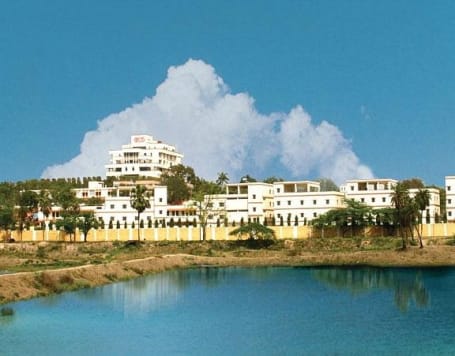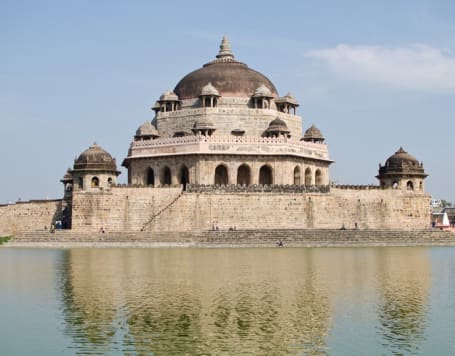

- Home
-
Trekking
SummerSummerWinterWeekend Treks
-
Bike Trip
-
Camping
Nearby Bangalore
-
Tours
1 Day Tour Packages2 Days Tour Packages
-
Activities
Himalayas
-
Places
Himalayas
- Pilgrimage























